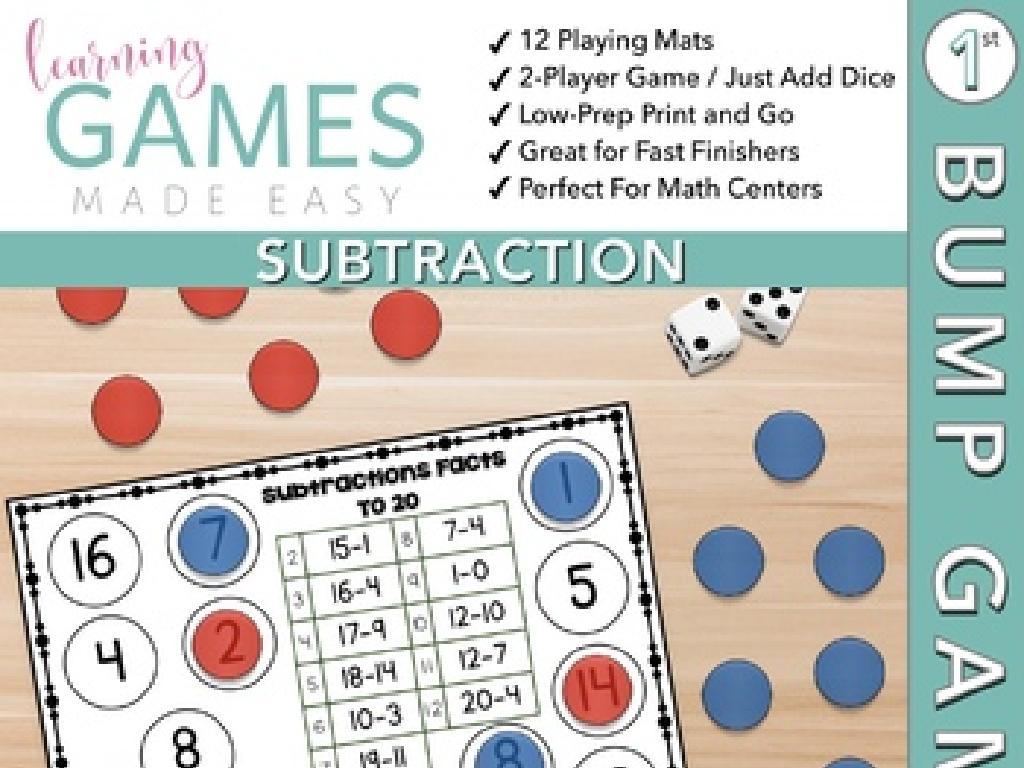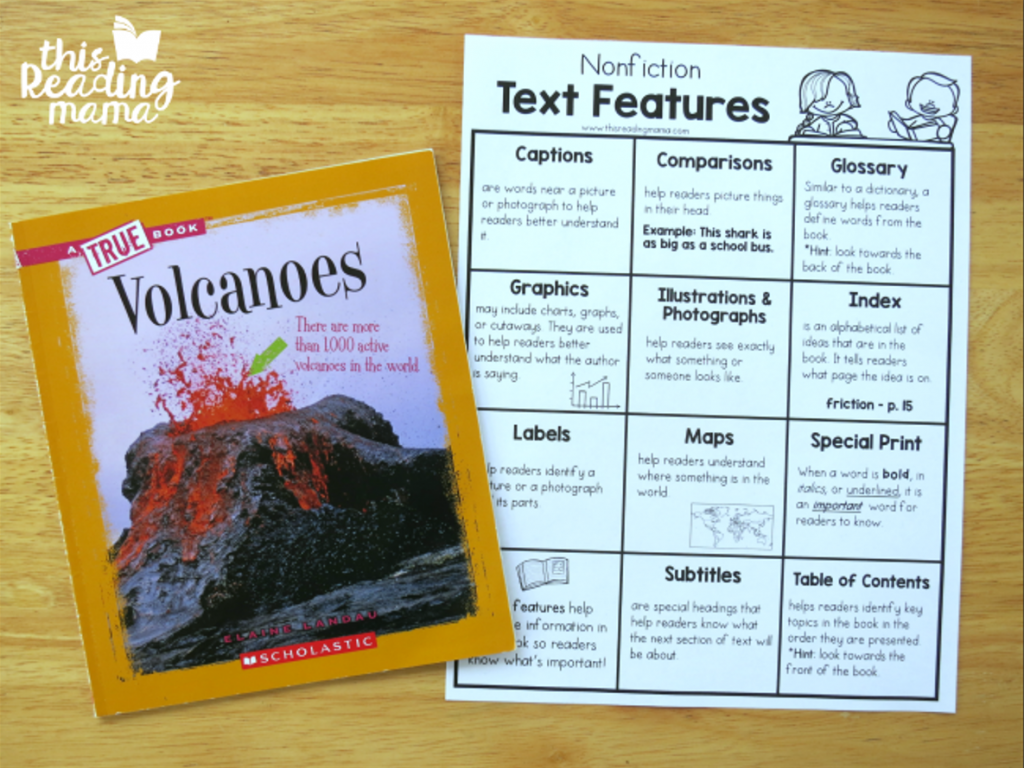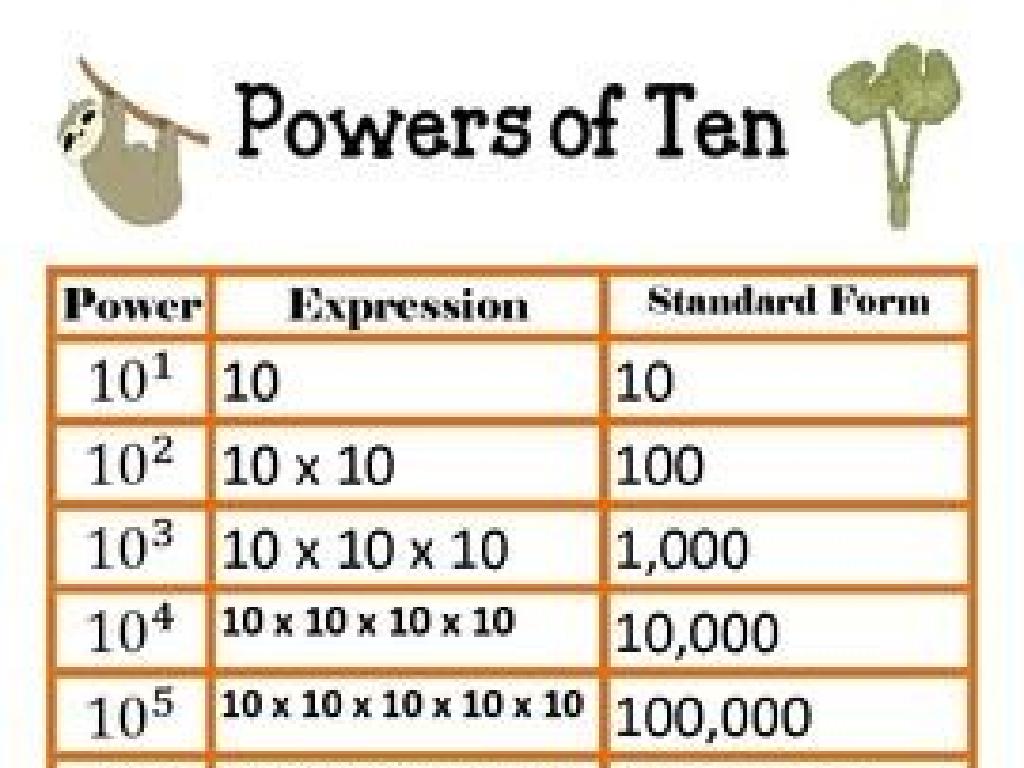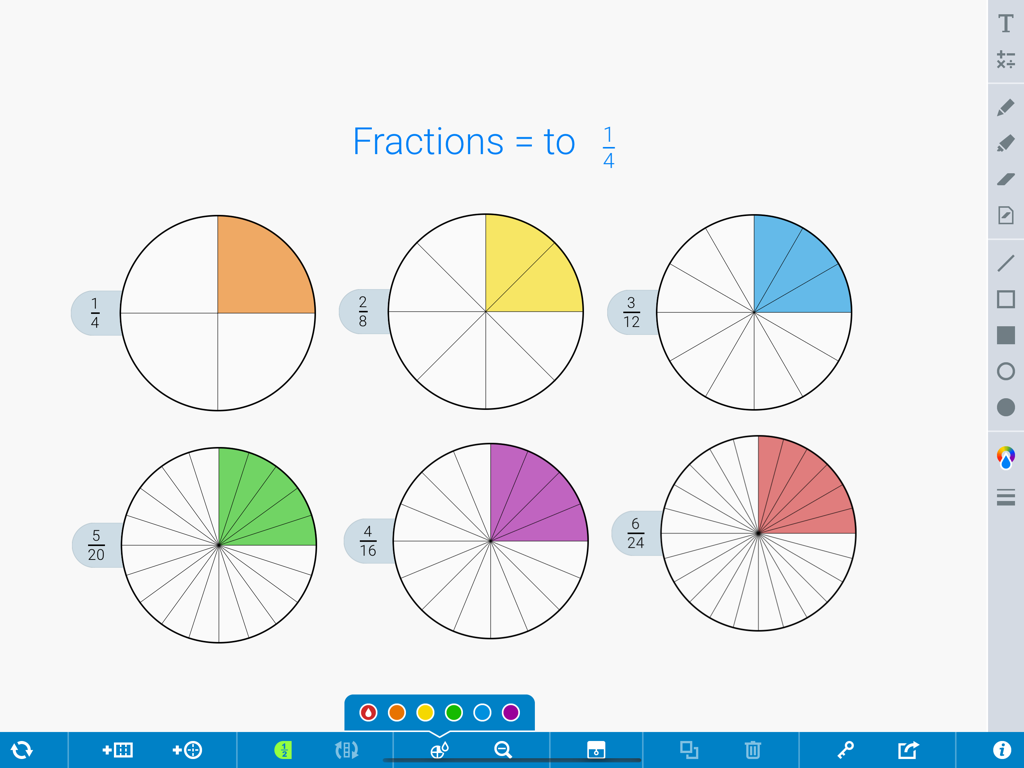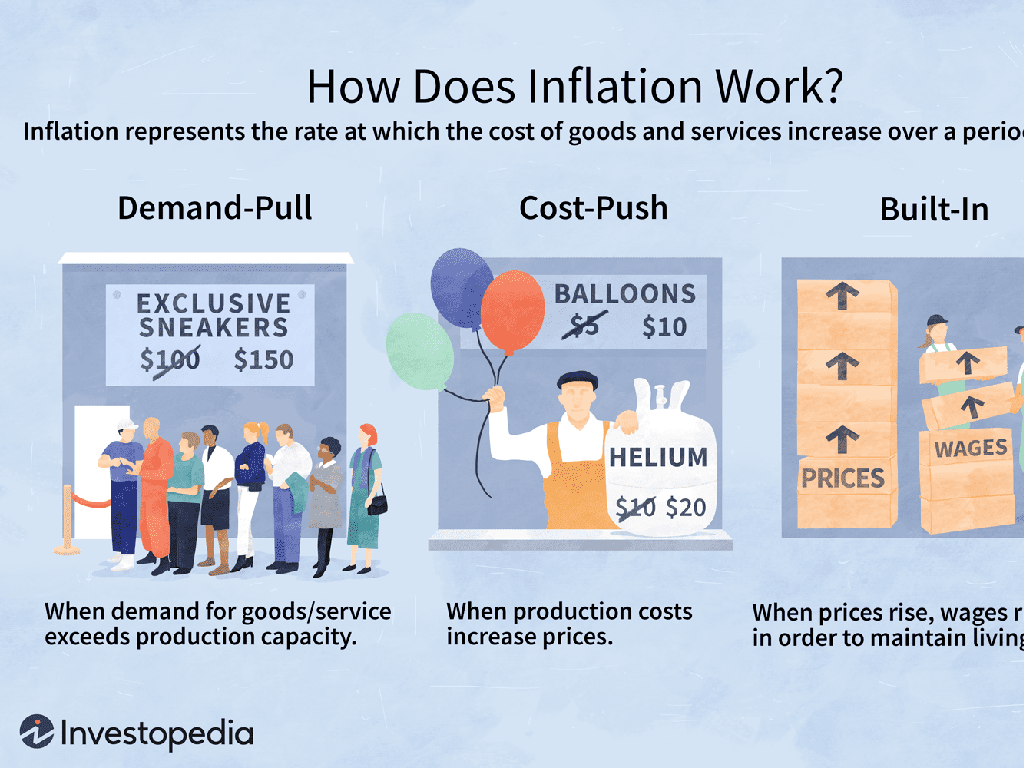Find The Percent: Tax, Discount, And More
Subject: Math
Grade: Seventh grade
Topic: Consumer Math
Please LOG IN to download the presentation. Access is available to registered users only.
View More Content
Understanding Percentages in Consumer Math
– What is Consumer Math?
– Exploring the concept of Percent
– A percent represents a part out of 100
– Real-life applications
– Examples: Sales tax, discounts, tips
– Calculating Tax and Discount
– Use the percent formula to find the final cost
|
This slide introduces students to Consumer Math with a focus on understanding percentages. Consumer Math involves the practical application of arithmetic operations in commerce and everyday life. Emphasize that a percent is simply a ratio out of 100, which is a fundamental concept in many real-life scenarios such as calculating sales tax, figuring out discounts during shopping, and adding tips at restaurants. Demonstrate how to apply the percent formula to calculate the final price of an item after tax or discount. Provide examples and encourage students to think of other areas where percentages are used. This will help them see the relevance of math in their daily lives and prepare them for class activities involving percentage calculations.
Understanding Percentages
– Define percent
– A percent represents a part per hundred
– Compare percent, fraction, decimal
– Percent is part/100, fraction is part/whole, decimal is another form of fraction
– Convert between forms
– Use formulas: % to decimal (divide by 100), decimal to % (multiply by 100), fraction to % (divide numerator by denominator, then multiply by 100)
– Practice with real examples
– Calculate discounts, tax, and tips using percentages
|
This slide introduces the concept of percent to students, explaining it as a part of a whole expressed out of 100. It’s crucial to show the relationship between percentages, fractions, and decimals, as they are different representations of the same concept. Provide students with the formulas for converting between these forms and reinforce the learning with practical examples such as calculating discounts on items, figuring out the tax on a purchase, or determining the tip at a restaurant. These real-life applications will help solidify their understanding and show the relevance of percentages in everyday life.
Calculating Sales Tax
– What is Sales Tax?
– A government levy on the sale of goods and services
– Steps to calculate Sales Tax
– Multiply the cost of an item by the tax rate to find the tax amount
– Example: $50 item with 8% tax
– For a $50 item, 8% tax equals $4. So, the total cost is $54
– Practice calculating with different rates
|
This slide introduces students to the concept of sales tax, which is a percentage of the cost of goods or services paid to a governing body. Start by explaining what sales tax is and why it’s important. Then, demonstrate how to calculate sales tax using the formula: Sales Tax = Total Cost of Item x Tax Rate. Use the example of a $50 item with an 8% tax rate to show how to apply this formula in a real-world scenario. Encourage students to practice with different tax rates and item costs to solidify their understanding. Provide additional examples and practice problems for students to work on as homework.
Finding Discounts in Consumer Math
– Understanding what a discount is
– How to calculate discount amount
– Subtract the discount percentage from 100%, then multiply by the original price.
– Example: $120 jacket with 15% off
– 15% of $120 is $18, so the sale price is $120 – $18 = $102.
– Practice calculating discounts
|
This slide introduces the concept of discounts, a fundamental aspect of consumer math. Start by explaining that a discount is a reduction in the original price of an item, usually given as a percentage. Teach students the formula for calculating the discount amount: (Discount Percentage / 100) * Original Price. Use the example of a $120 jacket with a 15% discount to illustrate the concept. Calculate the discount amount ($18) and the final price after the discount ($102). Encourage students to practice with different percentages and original prices to solidify their understanding. Provide additional examples and ensure they grasp the concept of finding the final price after applying the discount.
Understanding Percent Increase and Decrease
– Calculating percent increase
– Increase is a rise in value; calculate by (new value – original value)/original value * 100%
– Calculating percent decrease
– Decrease is a drop in value; calculate by (original value – new value)/original value * 100%
– Estimating percentages
– Use rounding and compatible numbers to estimate quickly
– Practice: Estimate a 12% price increase
– If an item costs $50, what’s the price after a 12% increase?
|
This slide aims to teach students how to calculate percent increase and decrease, which are essential concepts in consumer math. Begin by explaining that a percent increase occurs when the new value is higher than the original, and a percent decrease occurs when the new value is lower. Provide the formulas and walk through each step with an example. Then, discuss tips for estimating percentages, such as rounding to the nearest ten to make calculations easier. Finally, present a practice problem where students estimate the final price after a 12% increase, reinforcing the lesson with a real-world application. Encourage students to solve the problem and explain their reasoning.
Class Activity: Percent Scavenger Hunt
– Find items with percentage labels
– Calculate price after tax/discount
– Use the formula: Final Price = Original Price ± (Original Price * Percentage) / 100
– Present findings to the class
– Reflect on the activity
– Discuss how percentages affect daily purchases
|
This interactive class activity is designed to help students apply their knowledge of percentages to real-world scenarios. Students will search for items around the classroom that have percentage-based labels, such as tax or discount tags. They will then calculate the final price of these items after applying the tax or discount. Provide students with the formula for calculating the final price and ensure they understand how to manipulate it for adding tax or subtracting discounts. After calculations, students will present their findings, fostering public speaking and mathematical explanation skills. Conclude with a reflection on how percentages are a part of everyday shopping experiences. For the activity, consider having different items with varying percentages to cater to different student proficiency levels.
Wrapping Up: Percentages in Daily Life
– Recap of percentage calculations
– Percentages in real-world scenarios
– Discounts, tax, and tips all use percentages
– Homework: Calculate real costs
– Choose 5 items from a store flyer, apply tax and discounts to find total cost
– Understanding everyday math
|
Today’s lesson covered how to find and calculate percentages, which is a crucial skill in consumer math. Understanding percentages is essential for making informed decisions about purchases and finances in everyday life. For homework, students will apply what they’ve learned to real-world scenarios by using a local store flyer to find the total cost of items after tax and discounts. This will help reinforce their skills and show them the practical application of math in their daily lives. Encourage students to explain their calculation process when they present their homework, to ensure they grasp the concept of percentages.

